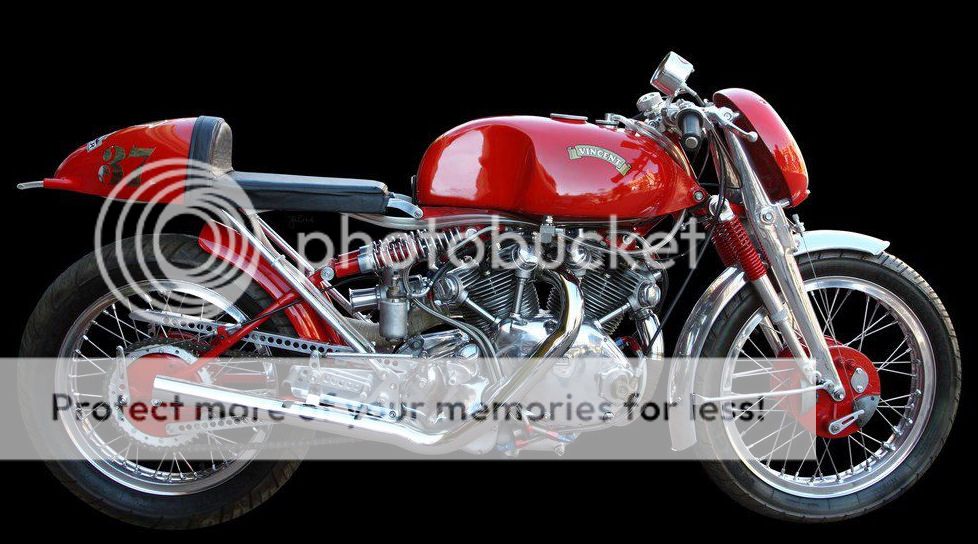Hi Rob (or Bro as I'll probably read it) I love these long technical discussions, I tend to look at them from a slightly different angle. I'm not an Auto Engineer but I use a lot of the same components designing industrial mechanical power transmission systems, so it's a bit like work without the work.
If you want adjustable preload, why not use an eyebolt system like the damper? You could adjust the ride height and preload by turning the inner spring cover to compress the spring without removing the spring box. Wind it up if you want to carry heavy loads, or down to remove the springs safely. Am I missing something (as usual)?
H
If you want adjustable preload, why not use an eyebolt system like the damper? You could adjust the ride height and preload by turning the inner spring cover to compress the spring without removing the spring box. Wind it up if you want to carry heavy loads, or down to remove the springs safely. Am I missing something (as usual)?
H


